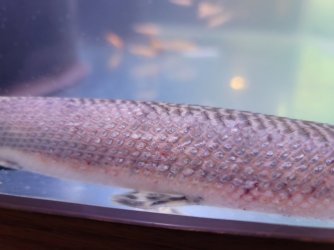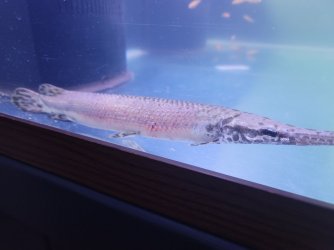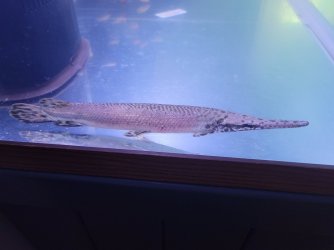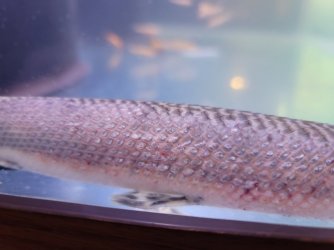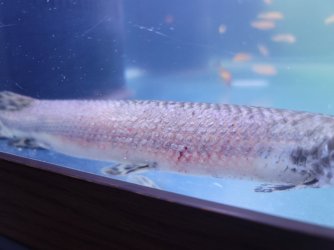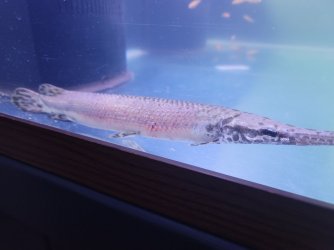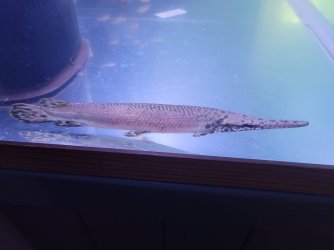boeingn747
New Member
I have a young spotted Gar about 1-1.5yr old. He/she is approx 13-15" long. Eats raw shrimp and live feeders. Housed in a 220 gallon tank. Tank mates include 12-14" common pleco. Water parameters = ph: 7.7, ammonia: 0ppm, nitrate: 10-15ppm nitrate: 0ppm, temp: 81.2. I have a 40gallon quarantine tank that is always treated with melafix and pima fix for all new feeder fish. I buy one month at a time and quarantine for about 1-2 weeks prior to feeding. One day I noticed my pleco sucking on the side of the gar. About the same time I noticed some discolored areas in the general spot where I found the pleco feeding on his side. I immediately removed the pleco and put him in a 120gal tank that I have set up. I assumed that the discolored spots were from the pleco so I did a small water change followed by a double dose of stress coat and I treated the tank with melafix and pima fix. He is still eating just fine at this point. Next day I notice the spots are worse now taking up the majority of each side. I add another dose of both MF and PF and add aquarium salt and bump the temp up to 85°. The following day (day 3) i notice that he hasn't eaten anything. I call a local fish store and they recommend kanaplex. I treat the tank every other day with kanaplex. At this point what looks to be fungas is covered 90% of his body with head and gills completely fine along with a stip from head to tail on his top (back). On day 9 I notice a couple of my feeders are now showing some sings of disease, such as a few have gill flukes and there are a few with clamped fins and look emaciated. I now figure that one of the feeders was sick and gave whatever to my gar. I stop feeding feeders and treat both tanks with PraziPro, and api general cure. I am on day 10 with my gar looking slightly better with some of the cotton like fungas starting to fall off. I am looking for some help or medication suggestions. I do currently have SulfaPlex, MetroPlex, and NeoPlex, that I have not yet tried. I am just not sure what else to do. Any help would be greatly appreciated. Photos are of gar healthy and then with fungas and then one from today.
Attachments
-
 20201111_200414.jpg140.6 KB · Views: 312
20201111_200414.jpg140.6 KB · Views: 312 -
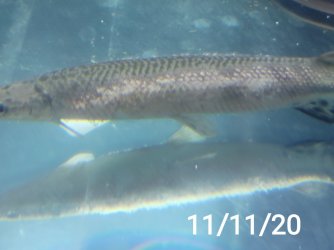 20201111_200314.jpg142.5 KB · Views: 198
20201111_200314.jpg142.5 KB · Views: 198 -
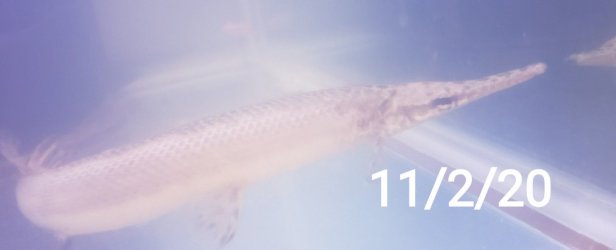 20201111_200120.jpg48.1 KB · Views: 182
20201111_200120.jpg48.1 KB · Views: 182 -
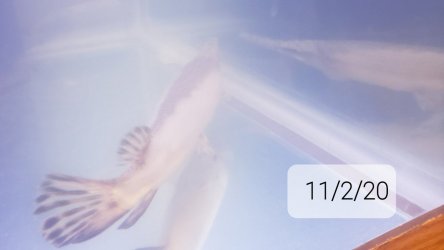 20201111_200028.jpg68 KB · Views: 171
20201111_200028.jpg68 KB · Views: 171 -
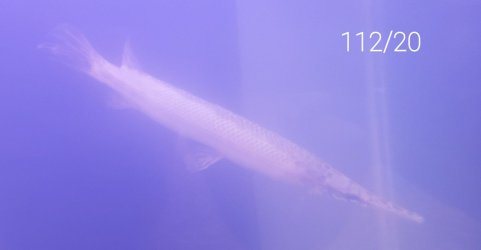 20201111_195724.jpg55.8 KB · Views: 162
20201111_195724.jpg55.8 KB · Views: 162 -
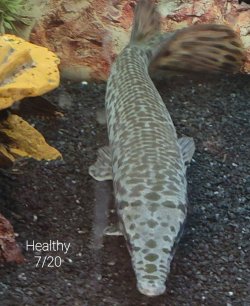 20201111_195548.jpg285.9 KB · Views: 201
20201111_195548.jpg285.9 KB · Views: 201 -
 20201111_195456.jpg179.4 KB · Views: 173
20201111_195456.jpg179.4 KB · Views: 173 -
 20201111_195330.jpg88.3 KB · Views: 167
20201111_195330.jpg88.3 KB · Views: 167 -
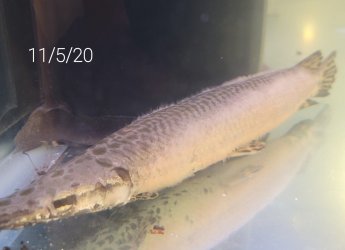 20201111_195248.jpg140.4 KB · Views: 199
20201111_195248.jpg140.4 KB · Views: 199 -
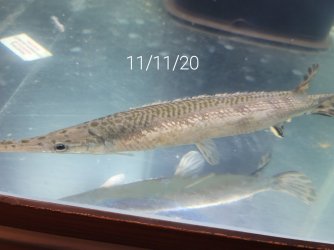 20201111_195154.jpg154.5 KB · Views: 231
20201111_195154.jpg154.5 KB · Views: 231 -
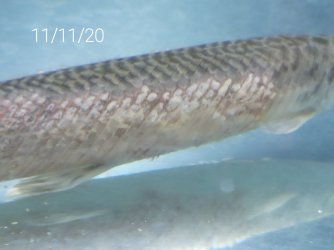 20201111_195110.jpg160.2 KB · Views: 141
20201111_195110.jpg160.2 KB · Views: 141 -
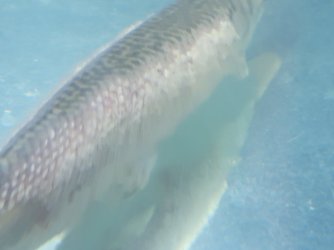 20201111_194855.jpg122 KB · Views: 164
20201111_194855.jpg122 KB · Views: 164 -
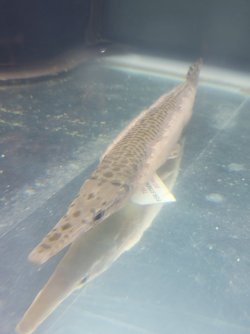 20201111_194908.jpg143.9 KB · Views: 163
20201111_194908.jpg143.9 KB · Views: 163 -
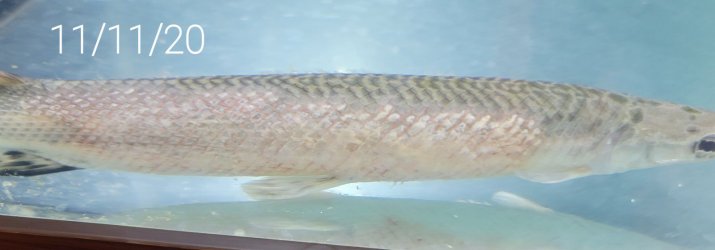 20201111_195044.jpg79.1 KB · Views: 180
20201111_195044.jpg79.1 KB · Views: 180 -
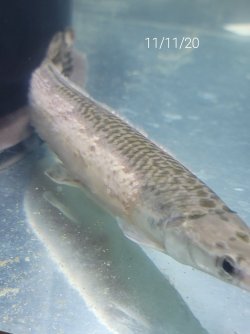 20201111_195008.jpg170.8 KB · Views: 174
20201111_195008.jpg170.8 KB · Views: 174



